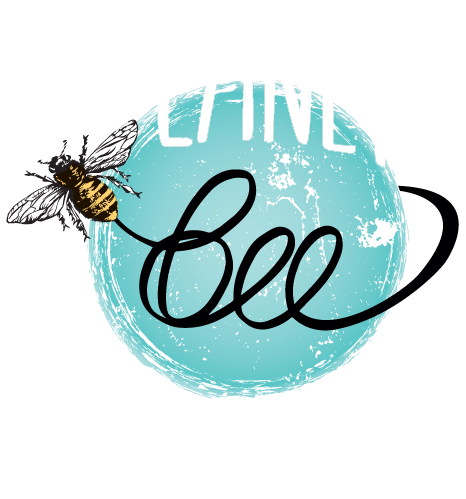
UNIT 5: Climate Change Resilience
Sustaining Our World: Food for Today and Tomorrow
Unit Connections within Curriculum:
Building on previous lessons about pollinators, plant life cycles, and sustainability, this lesson connects the decline of bee populations to broader environmental issues, including climate change and ecosystem disruption. Students will explore how the resilience of pollinators, like bees, is crucial to maintaining biodiversity and ecosystem health in the face of global challenges.
Lesson 9: Beecoming Climate Resilient
Learning Goal:
To explore the ways we rely on bees, the impacts of human actions on bees, and how we can support their resilience and the resilience of other living things during climate change.
Essential Questions:
How can we support bee populations?
How does bee decline impact humans and the greater environment?
What are the causes of bee population decline?
Learning Outcomes:
This lesson helps students connect the importance of bees to human life and the environment, focusing on solutions and resilience in the face of challenges.
Give examples of ways to support bee populations and promote conservation efforts.
Explain the effects of bee population decline on humans and the broader environment.
List the causes of bee population decline and discuss the role of climate change and human activities in these challenges.
Key Vocabulary:
Grassroots efforts, extinct, bee decline, climate change, greenhouse gases, global warming, fossil fuels, deforestation, habitat loss, urbanization, pests, parasites, species, genetic diversity, keystone species, community science, climate justice
Standards:
NGSS: 3-ESS3-1, 4-ESS3-1, 3-5-ETS1-1, 3-5-ETS1-2, 3-LS4-3, 3-LS2-2, 3-LS4-4, 4-LS1-1, 3-5-ETS1-3, 3-5-ETS1-2
CCSS: SL.3.2, SL.4.2, SL.5.2, SL.3.4, SL.4.4, SL.5.4

